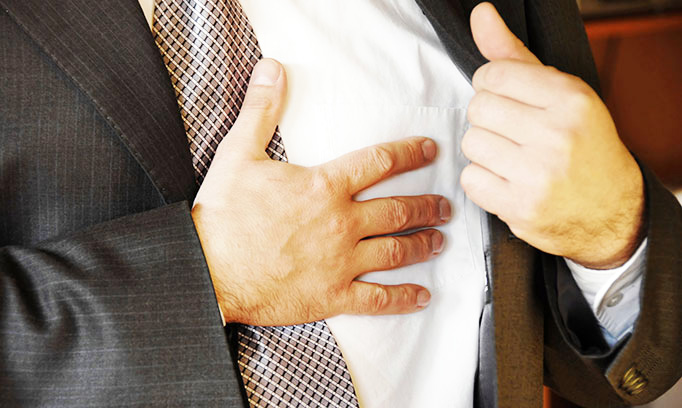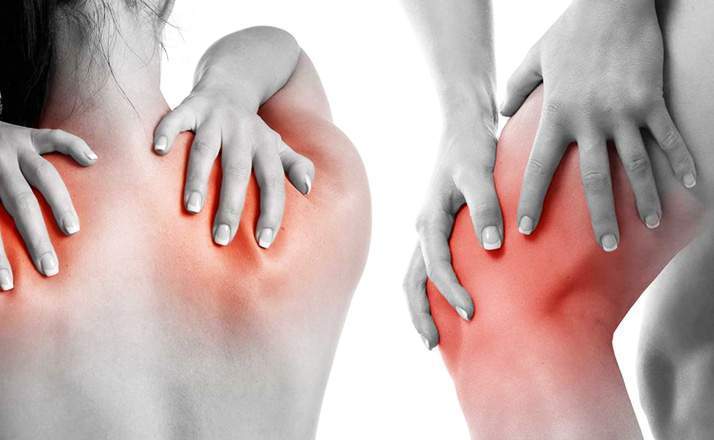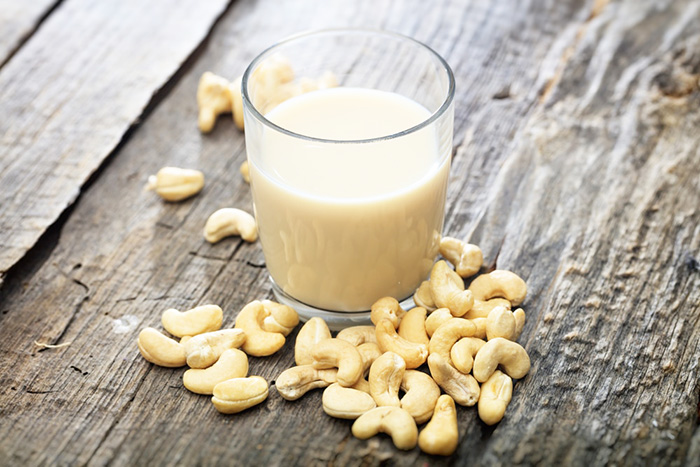Chest pain is a symptom of a cardiopulonary disease. This could be due to impaired oxygenation of the body, which affects the heart or the lungs, as well as the acid levels of the blood.
According to the Centers for Disease Control and Prevention (CDC), chest pain serves as one of the most usual causes of emergency room visits in people more than 15 years old. Records showed that in 2008, an estimated nine percent of all the emergency consults were linked to chest pain, as per CDC. Also, only about 13 percent of the emergency visits result in a diagnosis of a serious heart-related problem; thus, the are other conditions outside the heart that can also lead to chest pain.
According to Healthline, the heart-related causes of chest pain include heart attack, angina or chest pain resulting from obstruction in the blood vessels connected to the heart, pericarditis or inflammation of the sac around the heart, myocarditis or inflammation of the heart muscle, cardiomyopathy or disease of the heart muscle, and aortic dissection, a condition that involves the rupture of the heart’s main artery, the aorta.
Chest pain may also be caused by gastrointestinal issues like heart burn or acid reflux, swallowing problems linked to esophageal disorders, and presence of gallstones or gallbladder or pancreatic disorders. Pulmonary causes of chest main include pneumonia, viral bronchitis, and pneumothrorax, which presents air leakage from the lungs into the chest. Chest pain may also a result of bruised or broken ribs, sore muscles from exertion, compression fracture, nerve compression, or chronic pain syndromes. Other causes of chest pain include shingles or the infection of the nerves and skin by the chicken pox virus and panic attack or the sudden episode of intense fear when there is no actual danger or cause.
Chest pain has a number of symptoms, which includes tightness or pressure in the chest, fatigue, pain after exertion, back, jaw, or arm pain, feeling light-headed, dizzy or short of breath, and abdominal pain or nausea. Other symptoms that may indicate chest pain include a sour or acidic taste in the mouth, pain after swallowing or when eating, difficulty in swallowing, pain upon change in position, pain upon deep breathing or coughing, tenderness, pain accompanied by rashes, fever, aches, chills, runny nose, cough, feelings of panic or anxiety, hyperventilation, and back pain that radiates to the front of the chest.
As per Web MD, nitroglycerin is used for angina symptoms, such as chest pain. In pharmacology, nitroglycerin is a vasodilator, which opens blood vessels to enhance the flow of blood to the heart and the body. It is utilized the dilate the arteries in the heart like the coronary arteries to improve blood flow and reduce the heart workload. The medication is available in both fast-acting and long-acting forms. The fast-acting ones like tablets and oral sprays are taken sublingually (under the tongue) or buccally (between the cheek and gum) to take care of angina or are used before activities that may cause angina. On the other hand, the long-acting forms like tablets, pills, skin ointments, and transdermal patches are used to prevent recurrence of angina, instead of stopping its sudden symptoms.
Home treatment can be done, but it is not appropriate for chest pain if the pain comes with the symptoms of a heart attack, according to Web MD. As per the publication, one may call 911 or other emergency services immediately if heart attack is suspected as the cause of the symptoms. The operator in the line may advise the patient to chew one adult-strength ir two to four low-dose aspirin.
Source: allinahealth.org








